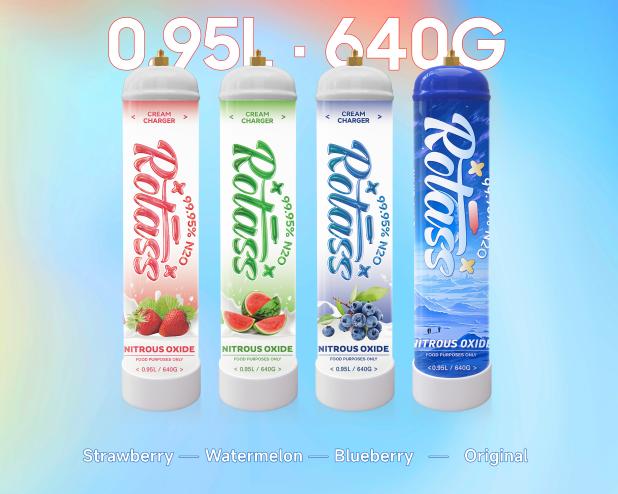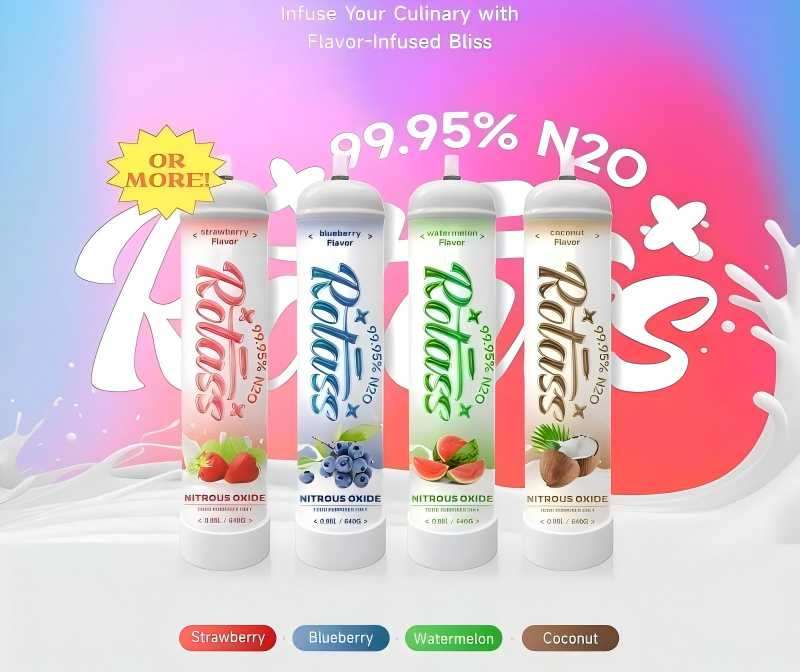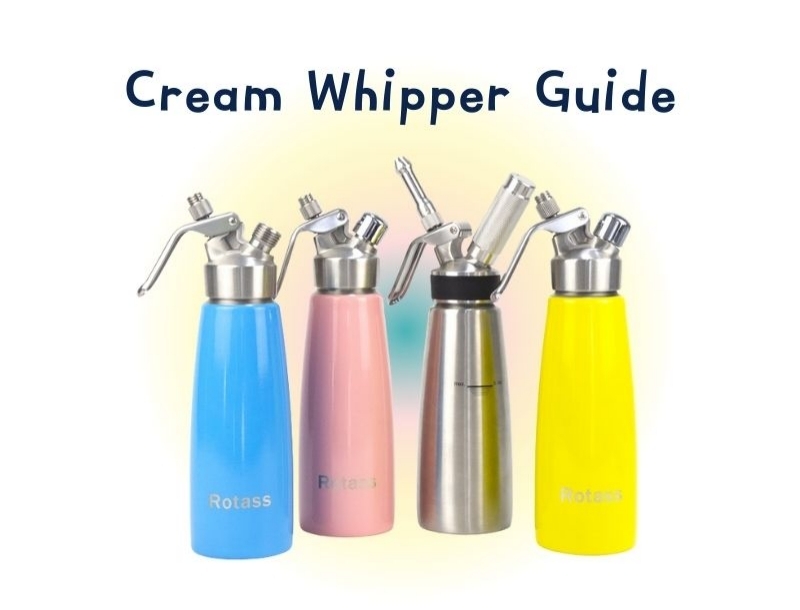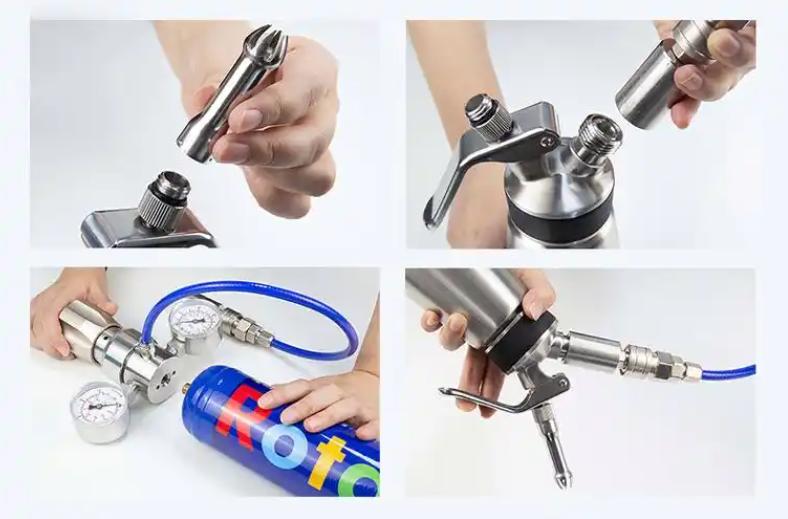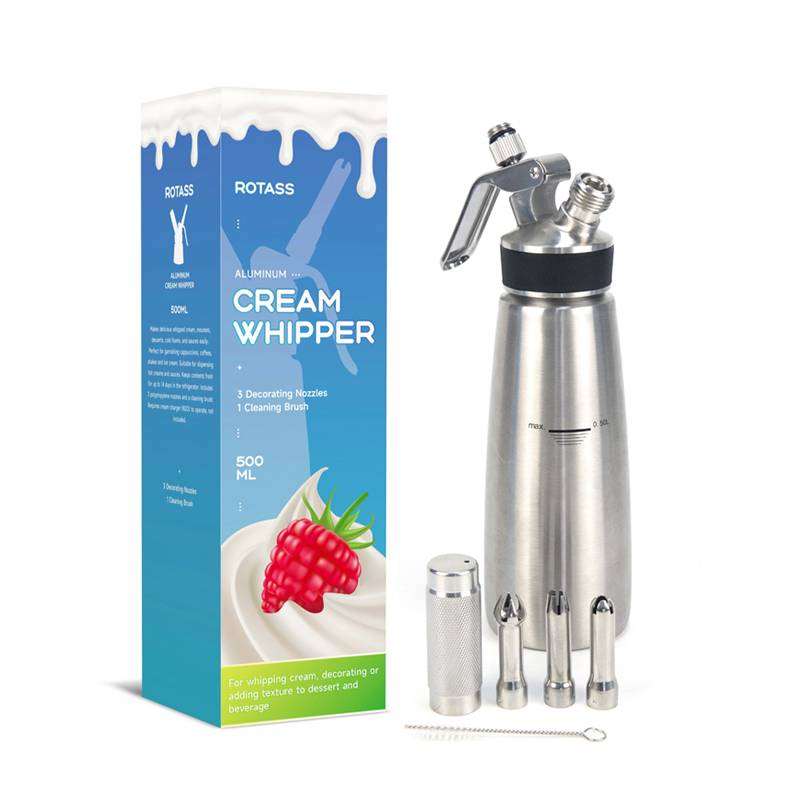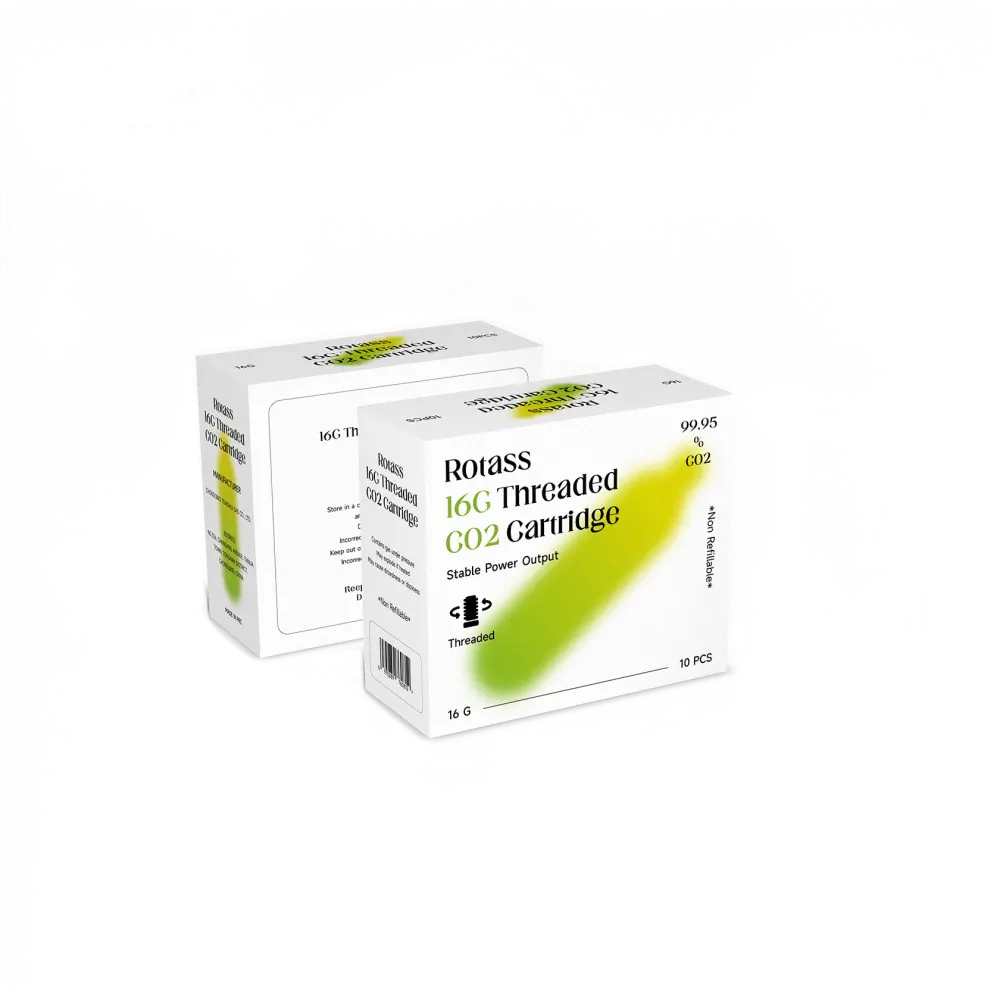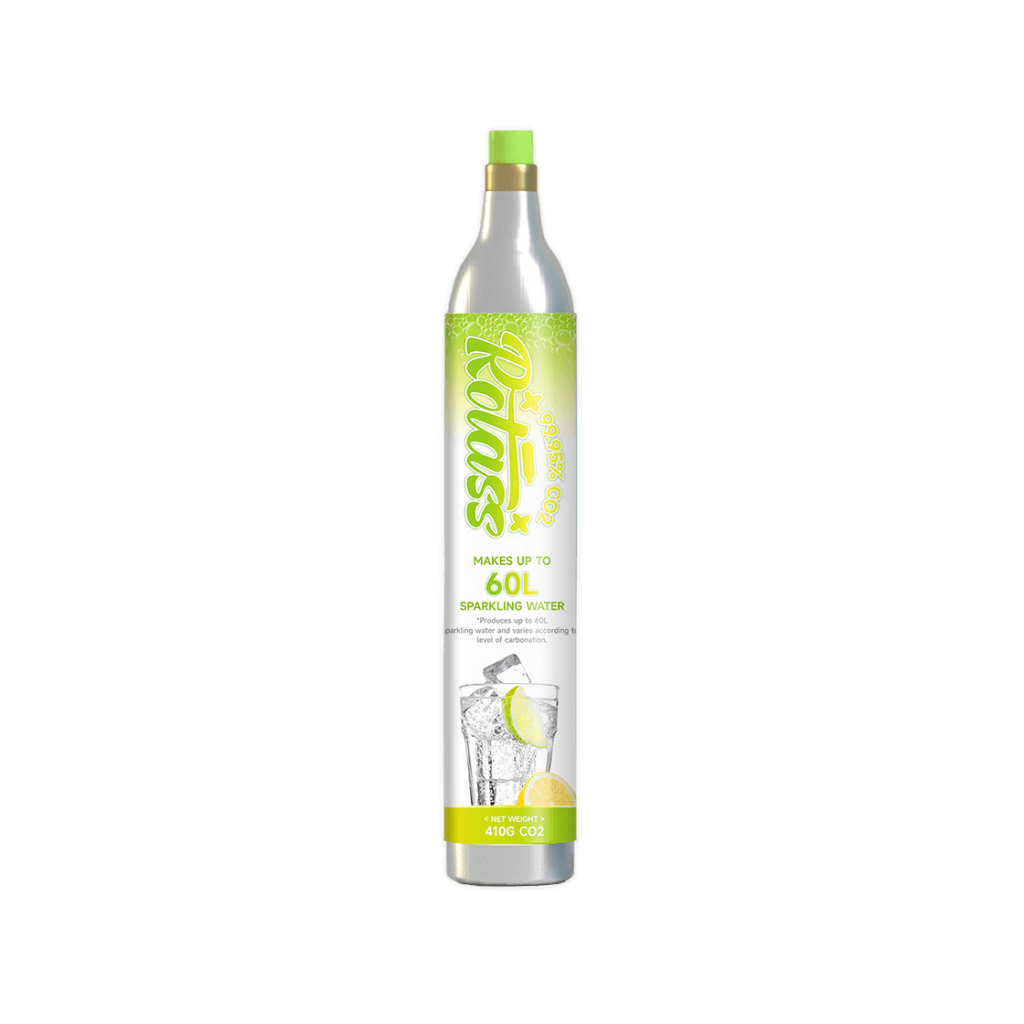2025 / 04 / 22
What are CO2 Cartridges Used for in Beer and Wine Production?
Table of Contents
Beer and wine, two of the world’s most cherished alcoholic beverages, hold significant cultural and economic importance across the globe. Their production, a delicate interplay of biological and chemical processes, relies on a variety of factors to achieve the desired flavors, aromas, and textures. Among these factors, carbon dioxide (CO2) plays a pivotal and multifaceted role. From providing the characteristic effervescence to safeguarding against spoilage, CO2 is an indispensable element in both brewing and winemaking. This article delves into the specific applications of CO2 cartridges and cylinders within these industries, elucidating their crucial contributions to the final product. In essence, this exploration will answer the fundamental question: What are CO2 cartridges used for in the context of beer and wine production, revealing their diverse and essential functions.
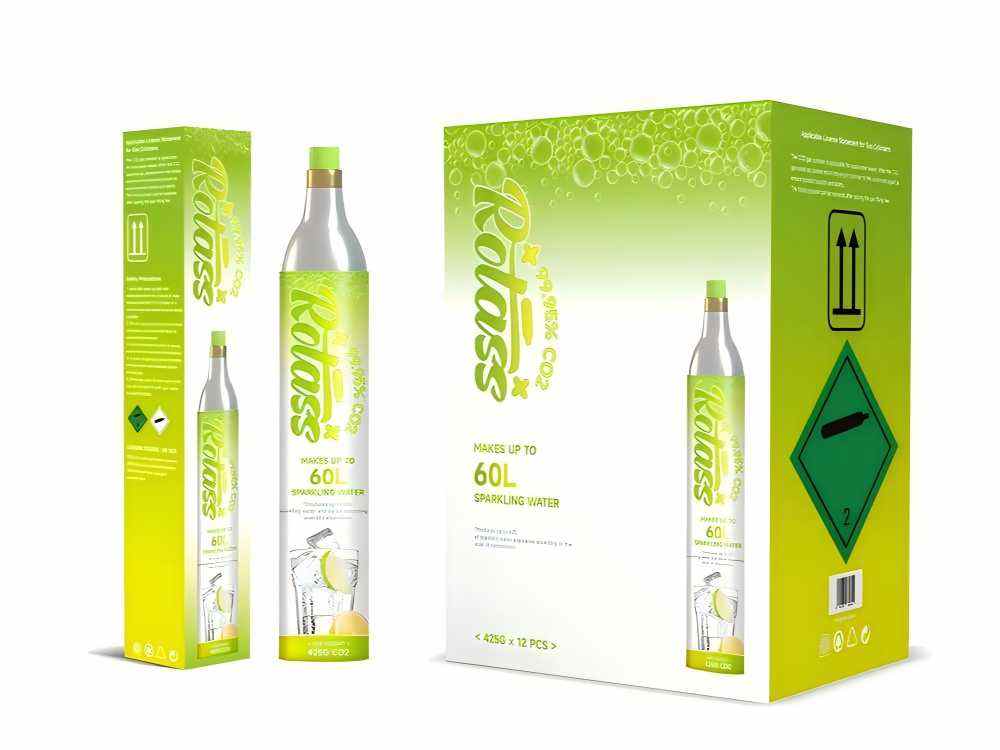
Applications of CO2 Cartridges in Beer Production
The brewing industry relies on CO2 for a range of processes, with carbonation being the most prominent. The effervescence that defines many beer styles is a direct result of dissolved CO2, influencing not only the mouthfeel but also the perceived aroma and overall drinking experience. CO2 cartridges are instrumental in achieving the desired carbonation levels through a process known as force carbonation.
1. Core Application of CO2 Cartridges: Carbonation
Carbonation, the process of dissolving carbon dioxide in a liquid, is fundamental to the sensory experience of beer. The resulting bubbles contribute to the beer’s mouthfeel, perceived crispness, and the release of volatile aroma compounds. Brewers employ two primary methods to achieve the desired carbonation levels, both of which often rely on CO2 supplied via cartridges or larger cylinders.
- Force Carbonation: This is the prevalent method in modern brewing due to its speed and precision. Once the primary fermentation is complete and the beer has matured, it is chilled and transferred to a vessel where food-grade CO2 is introduced under pressure. The CO2 dissolves into the beer, reaching an equilibrium determined by the pressure and temperature. CO2 cartridges or larger cylinders are the direct source of this pressurized gas, allowing brewers to precisely control the volume of CO2 absorbed into the beer, tailoring it to the specific beer style. Lagers, for instance, typically require higher carbonation levels than ales. The use of CO2 cartridges in smaller-scale operations or for specific applications like kegging individual batches offers a convenient and manageable source of the gas.
- Bottle Conditioning: A more traditional method, bottle conditioning involves adding a small amount of fermentable sugar and live yeast to the beer before it is bottled. The residual yeast or newly added yeast then undergoes a secondary fermentation within the sealed bottle, naturally producing CO2 as a byproduct. While CO2 cartridges are not directly used in this process, the overall management of CO2 within the brewery, including ensuring a CO2-rich environment during certain stages, is still relevant. The CO2 produced in bottle conditioning results in finer, more delicate carbonation and can contribute to a more complex flavor profile as the yeast continues to condition the beer.
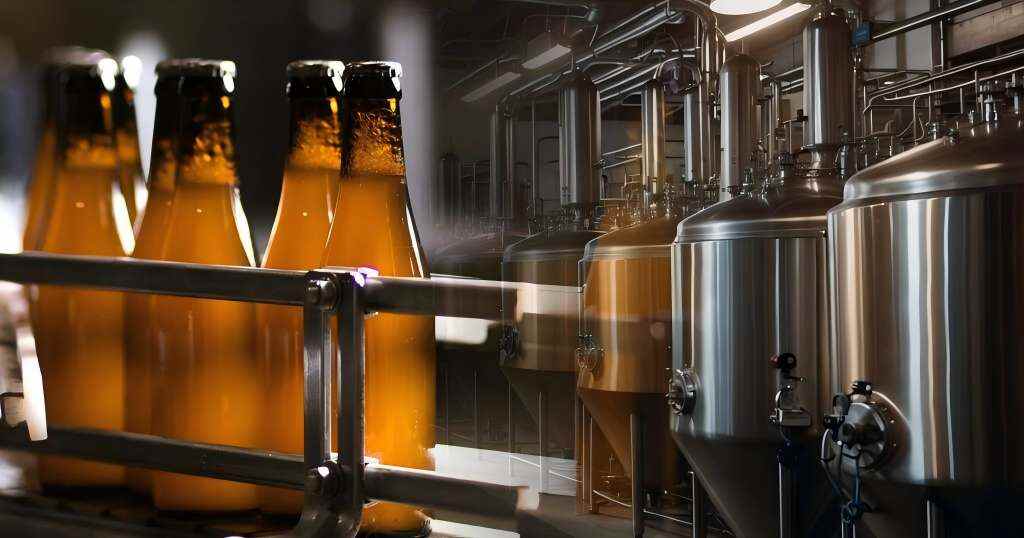
2. Another Main Application of CO2 Cartridges: Maintaining Beer Quality
Beyond carbonation, CO2 plays a vital role in preserving the quality and integrity of beer throughout its lifecycle.
- Maintaining Fizz and Flavor: During storage, transportation, and dispensing, beer is susceptible to losing its dissolved CO2, leading to a flat and unappealing product. Applying CO2 pressure to kegs and dispensing systems is crucial for maintaining the beer’s carbonation level and preventing the escape of volatile flavor compounds carried by the CO2 bubbles. CO2 cartridges are commonly used in draft systems to provide this constant pressure, ensuring that the beer served to consumers retains its intended effervescence and aroma.
- Protective Blanketing: Oxygen is the nemesis of beer, leading to oxidation and the development of off-flavors. CO2, being heavier than air and inert, is used to create a protective blanket over the beer’s surface in fermentation vessels and storage tanks. This layer of CO2 displaces oxygen, minimizing contact with the beer and preventing oxidation. While large breweries utilize sophisticated CO2 management systems, smaller breweries might employ CO2 cartridges to purge vessels before filling, ensuring an oxygen-free environment.
- Deoxygenation: In some instances, brewers may intentionally introduce CO2 into water or beer to remove dissolved oxygen. This process, known as deoxygenation or sparging, further reduces the risk of oxidation and helps maintain the beer’s intended flavor profile and stability.
3. Other Applications of CO2 Cartridges
CO2 cartridges or larger cylinders are also used to pressurize beer kegs for dispensing purposes. The controlled release of CO2 pushes the beer out of the keg and through the dispensing lines to the tap. Additionally, CO2 is frequently employed for cleaning and purging brewing equipment, including kegs, lines, and tanks. By flushing these systems with CO2, brewers can displace oxygen and other contaminants, creating a clean and inert environment that prevents oxidation and microbial growth, ensuring the integrity of subsequent batches.
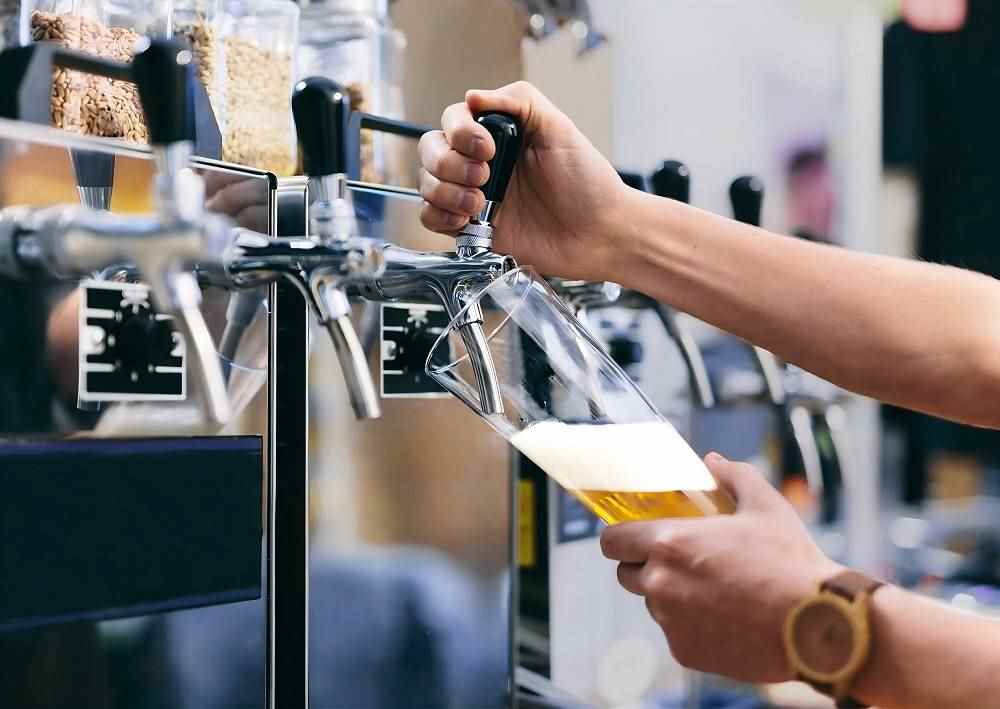
Applications of CO2 Cartridges in Wine Production
While less directly associated with the final product’s effervescence in most still wines, CO2 plays significant roles in specific wine styles and in maintaining the quality of all wines.
1. Sparkling Wine Production
The production of sparkling wines, such as Champagne, Prosecco, and Cava, relies heavily on the controlled introduction and retention of CO2.
- Charmat Method (Tank Method): This method involves a secondary fermentation in large, sealed tanks, where the CO2 produced is trapped, carbonating the wine. While the CO2 originates from fermentation, the process requires careful management of pressure and CO2 levels within the tanks.
- Méthode Traditionnelle (Traditional Method): Similar to bottle-conditioned beer, this high-quality sparkling wine production method involves a secondary fermentation in the bottle, producing the characteristic fine bubbles.
- Carbonation: For less expensive sparkling wines, CO2 is directly injected into still wine under pressure, similar to force carbonating beer. In this instance, CO2 cartridges or cylinders are the direct source of the carbonation.
2. Protecting Wine Quality
Even in still wine production, CO2 plays a crucial role in preventing spoilage and maintaining freshness.
- Protective Blanketing Before Bottling: Prior to bottling, wine is highly vulnerable to oxidation. Winemakers often use inert gases like CO2 or nitrogen to blanket the surface of the wine in storage tanks and during the bottling process. This layer of gas displaces oxygen, preventing it from interacting with the wine and causing unwanted oxidation. CO2 cartridges can be particularly useful for smaller wineries or for specific applications during the bottling process.
- Protection During Storage and Transportation: When wine is transported in bulk, the headspace in the containers can expose the wine to oxygen. Filling this headspace with CO2 or a mixture of inert gases minimizes oxygen contact and helps preserve the wine’s quality during transit.
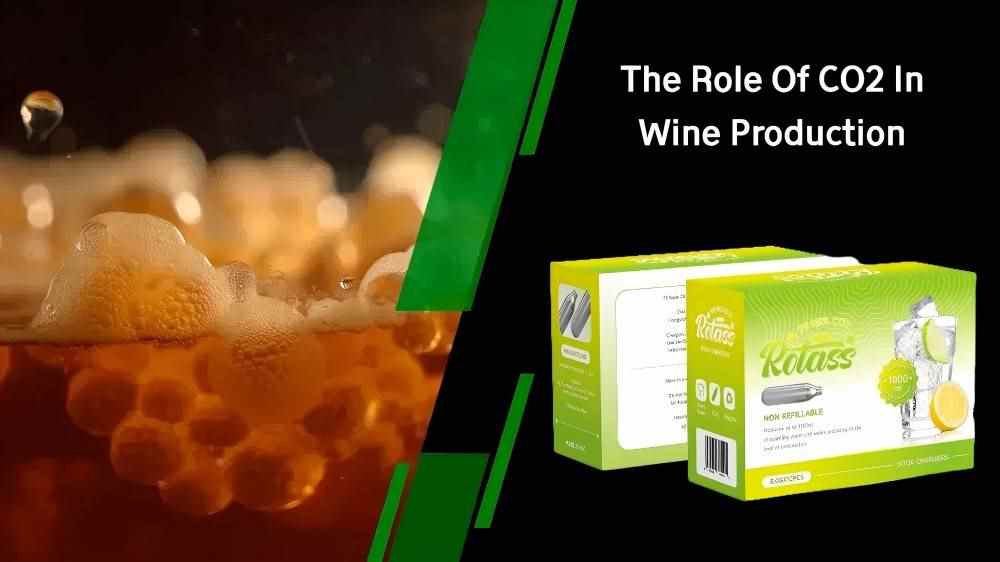
3. Special Winemaking Methods
- Carbonic Maceration: This unique red winemaking technique involves fermenting whole, uncrushed grapes in a sealed container filled with CO2. The anaerobic environment triggers intracellular fermentation within the berries, resulting in wines that are typically fruity, low in tannins, and intended for early consumption. While CO2 cartridges aren’t directly injected into the grapes, creating and maintaining a CO2-rich atmosphere within the fermentation vessel is essential for this process.
4. Other Applications
Similar to brewing, CO2 is also used in wineries for cleaning and purging equipment such as fermentation tanks, storage vessels, and transfer lines. Flushing these systems with CO2 displaces oxygen and potential contaminants, ensuring a clean and inert environment for subsequent winemaking processes.
Requirements for Food-Grade CO2 and Cylinder Safety
Given the direct contact of CO2 with beverages intended for human consumption, the quality and safety of the gas and its containment are of paramount importance in both brewing and winemaking.
1. Requirements for Food-Grade CO2
The designation of “food-grade” signifies that the carbon dioxide used in these industries must meet rigorous purity standards to ensure consumer safety and prevent any adverse impact on the flavor or quality of the final product. These standards typically address the following aspects:
- High Purity Levels: Food-grade CO2 must exhibit a very high percentage of pure carbon dioxide, typically exceeding 99.9%. This minimizes the presence of other gases that could affect the beverage.
- Absence of Harmful Impurities: Strict limits are placed on the concentration of potential contaminants, including:
- Toxic Substances: This includes compounds that could pose a health risk to consumers, such as sulfur compounds, nitrogen oxides, and other industrial pollutants.
- Moisture Content: Excessive moisture can lead to corrosion within the equipment and potentially introduce microbial contamination.
- Non-Volatile Residues: Limits are set on the amount of non-volatile materials, such as oils and lubricants from the compression process, which could impart undesirable flavors or odors.
- Odor and Taste Neutrality: Food-grade CO2 must be odorless and tasteless to avoid altering the sensory characteristics of the beer or wine. Any detectable off-odors or tastes in the CO2 would negatively impact the final product’s quality.
- Compliance with Regulatory Standards: Various national and international regulatory bodies (e.g., FDA in the United States, EFSA in Europe) establish and enforce these purity standards for food-grade gases. Brewers and winemakers must ensure their CO2 suppliers comply with these regulations and provide certifications of analysis.

2. Cylinder Safety for CO2 Cartridges and Cylinders:
The safe containment and handling of pressurized CO2 are equally critical in brewery and winery operations. CO2 cartridges and cylinders must adhere to stringent safety regulations to prevent accidents and ensure the well-being of personnel. Key aspects of cylinder safety include:
- Robust Construction Materials: CO2 cartridges and cylinders are typically manufactured from durable materials designed to withstand high internal pressure. Common materials include:
- Aluminum Alloys: Lightweight and corrosion-resistant, often used for smaller cartridges and some larger cylinders.
- Specially Treated Steel: High-strength steel alloys that can withstand significant pressure, commonly used for larger, refillable cylinders. The internal surfaces may undergo specific treatments to prevent corrosion and ensure gas purity.
- Pressure Relief Mechanisms: Cylinders are equipped with safety devices, such as pressure relief valves or rupture discs, designed to vent the gas safely in case of over-pressurization due to excessive heat or other factors.
- Regular Inspection and Maintenance: To ensure continued integrity and safety, CO2 cartridges (if refillable) and cylinders must undergo periodic inspection and maintenance. This includes:
- Visual Inspections: Checking for signs of damage, corrosion, dents, or leaks.
- Pressure Testing (Hydrostatic Testing): Regularly testing the cylinder’s ability to withstand pressure beyond its working limit. The frequency of these tests is mandated by regulations.
- Valve Inspection and Maintenance: Ensuring the cylinder valve operates correctly and does not leak.
- Proper Handling Procedures: Safe handling practices are essential to prevent damage to the cylinders and potential hazards:
- Secure Storage: Cylinders should be stored in well-ventilated areas, away from sources of heat and direct sunlight, and secured to prevent them from falling or being knocked over.
- Careful Transportation: Cylinders should be transported in designated carriers and secured to prevent movement and damage.
- Correct Usage: Using the appropriate regulators and fittings designed for CO2 and ensuring they are correctly connected.
- Proper Storage Procedures: Guidelines for storing both full and empty cylinders must be followed to minimize risks. Empty cylinders should also be handled with care as they may still contain residual pressure.
Adherence to these requirements for food-grade CO2 and stringent cylinder safety protocols is crucial for ensuring the production of high-quality and safe beer and wine, as well as maintaining a safe working environment in breweries and wineries.

In conclusion, CO2 cartridges and larger CO2 cylinders are indispensable tools in both beer and wine production. Answering the question of what are CO2 cartridges used for reveals their multifaceted applications, ranging from providing the signature carbonation in beers and sparkling wines to acting as a crucial agent in preserving the quality and preventing spoilage in all styles of these beverages. Their role in creating controlled, oxygen-free environments and facilitating specific winemaking techniques further underscores their importance. As the brewing and winemaking industries continue to evolve, the reliable and safe application of food-grade CO2 will remain a cornerstone of producing high-quality beverages enjoyed by millions worldwide. The precise and controlled delivery offered by CO2 cartridges, in particular, provides a valuable tool for both large-scale and craft producers alike.

